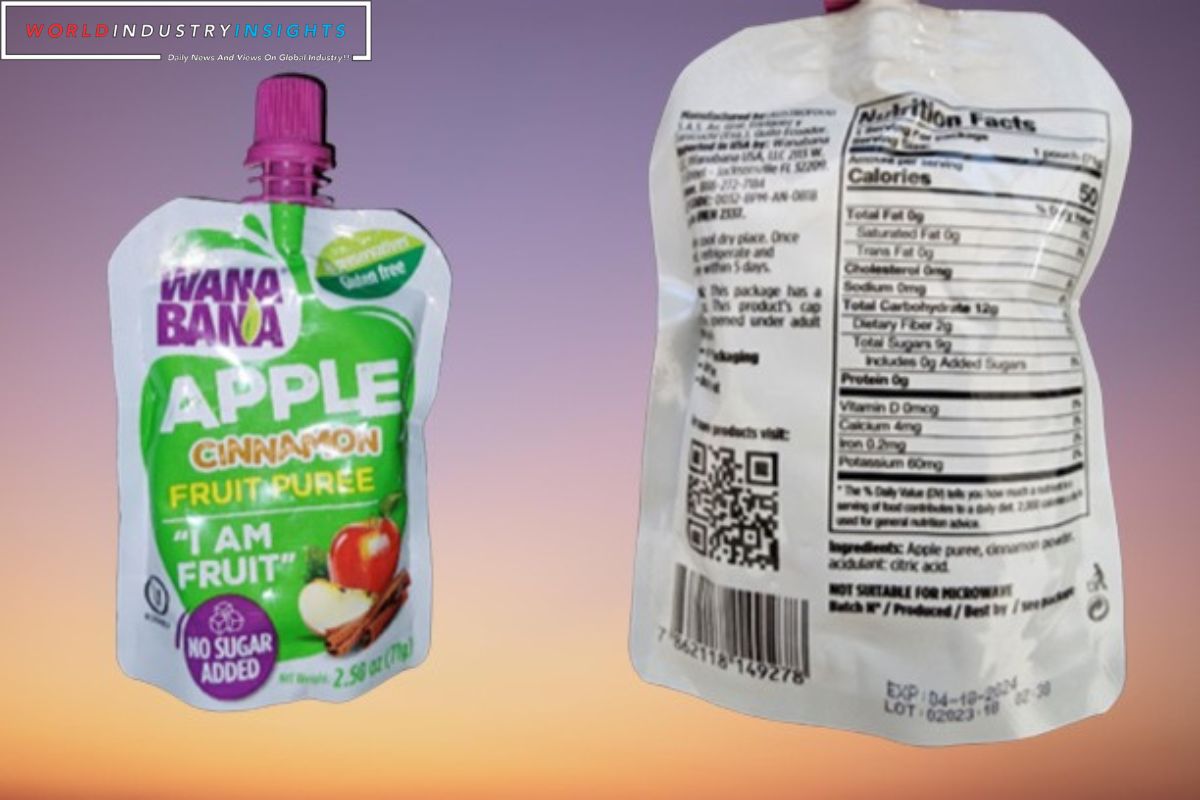Cinnamon Scandal Unveils: Federal regulators are delving into cases of lead poisoning in U.S. children, suspected to be linked to cinnamon added to popular applesauce pouches. The Food and Drug Administration (FDA) recently issued a national recall of three million pouches made in Ecuador, sold under various brand names, raising questions about the presence of lead along the global supply chain.
The poisoning cases, impacting as many as 125 children, have shed light on a broader gap in FDA oversight—the absence of federal requirements to test for lead in domestically made or imported food. The recall, prompted by a North Carolina health department investigation, underscores the reliance on children’s blood tests as an early indicator of lead in food, a practice criticized for its potential risks.
Tom Neltner, Senior Director of Safer Chemicals at the Environmental Defense Fund, notes the breakdown in FDA’s approach, emphasizing the need for enforceable limits on lead in food, particularly in spices. FDA‘s Jim Jones suggests the lead contamination appears intentional, hinting at economically motivated adulteration.
The FDA is exploring various theories, including the possibility that cinnamon contamination resulted from economic motives, such as enhancing appeal and profitability. Food safety experts express long-standing concerns about lead additives in spices, driven by economic considerations.
Also Read: Gene Therapy Triumph: FDA Approves Revolutionary Treatments for Sickle Cell Disease
The recall, centered around pouches manufactured in Ecuador by Austrofood, has prompted on-site inspections and sample collections. Ecuadorean authorities report higher lead levels in Negasmart’s cinnamon, the supplier to Austrofood, raising questions about responsibility and potential contamination sources.
While FDA screenings of cinnamon imports are underway, concerns linger about contaminated cinnamon from other companies and its widespread usage. The lack of rigorous lead standards in children’s food, compared to other products, has drawn criticism, with calls for stricter regulations and mandatory testing for toxic elements.
The FDA’s legislative proposals for 2024 seek more authority to address toxic elements in the food supply, including setting binding contamination limits and requiring manufacturers to test ingredients for children’s consumption. The probe into lead-laced cinnamon brings attention to the need for comprehensive reforms in FDA oversight and industry practices to ensure food safety.


